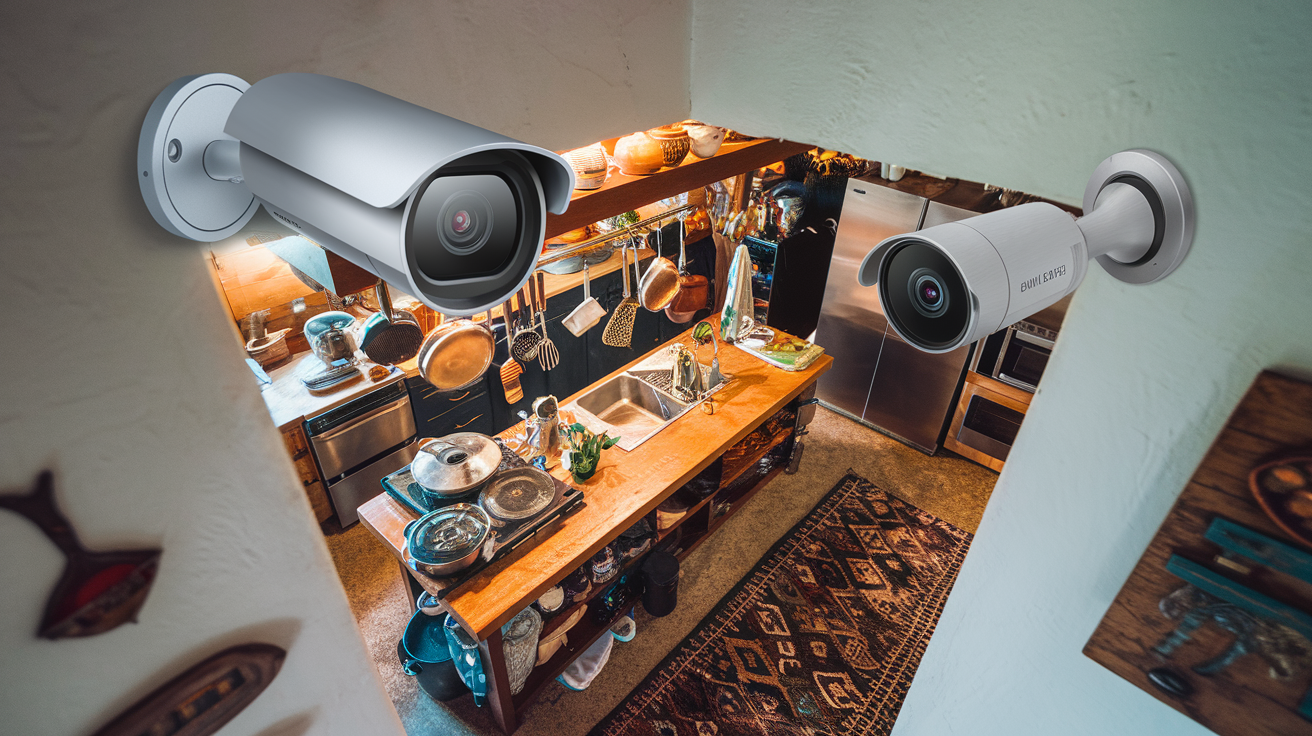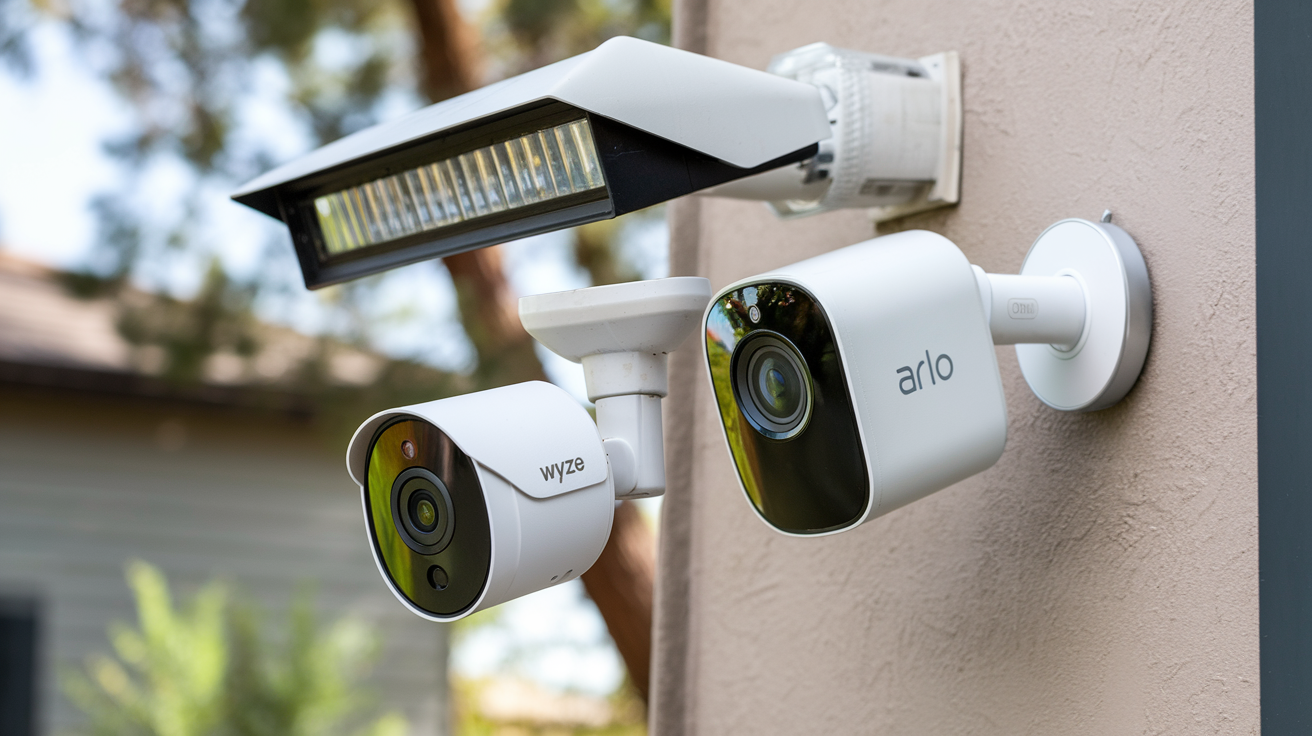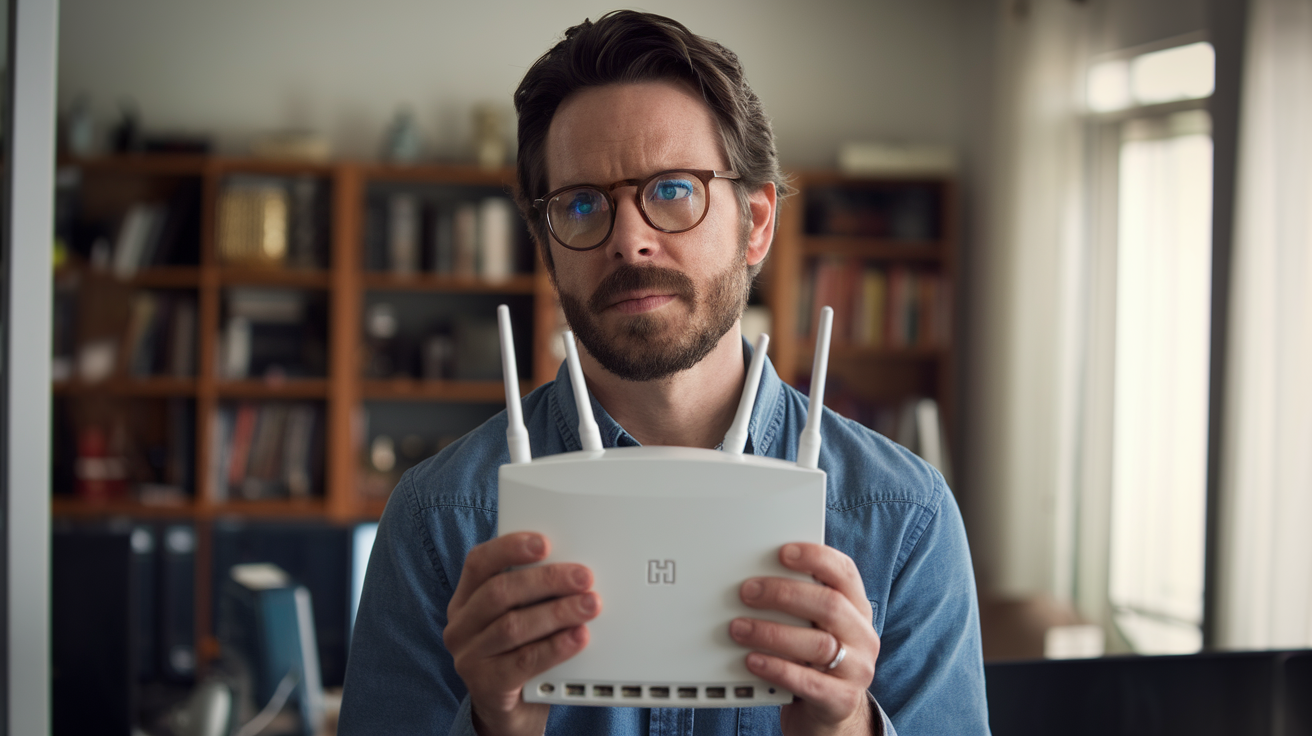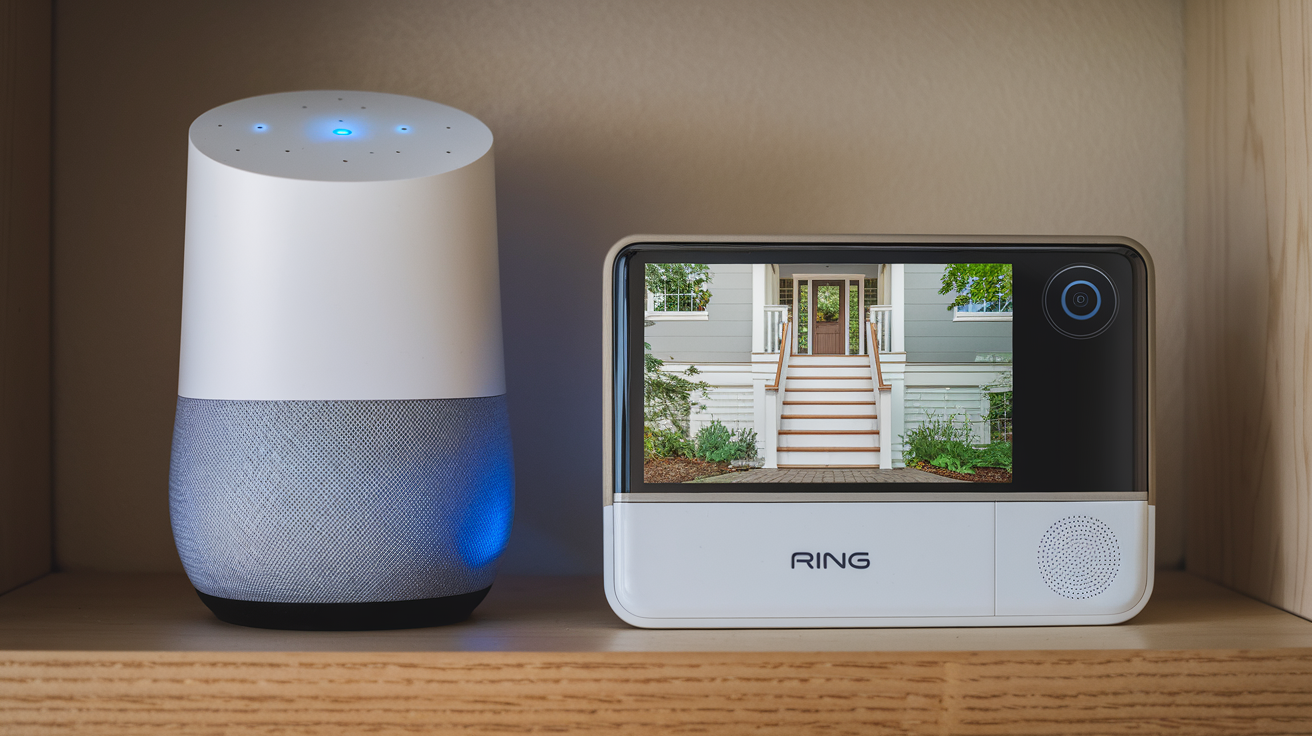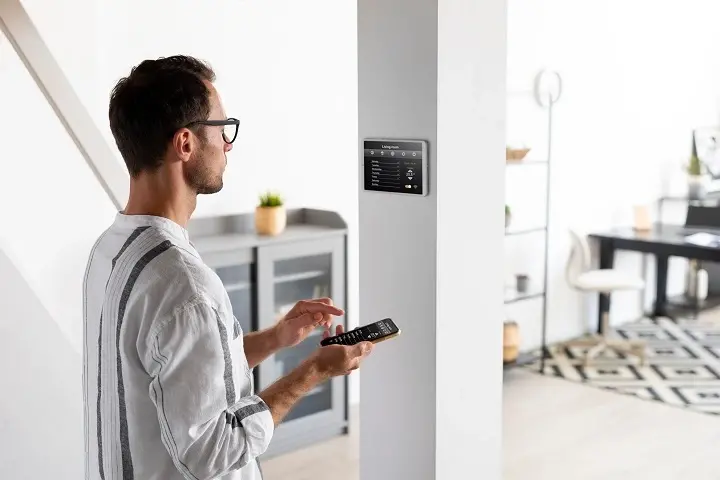
Feeling a little uneasy leaving your home empty? You're not alone. Home security is a top priority for many homeowners, and with good reason. A well-chosen security system can give you peace of mind, deter potential intruders, and even help you respond to emergencies faster. But with so many options on the market, picking the right system can feel overwhelming. Don't worry, this guide will walk you through everything you need to consider to find the perfect security solution for your home.
Step 1: Assess Your Needs
Before diving into features and functionalities, take a step back and consider your specific needs. Here are some key questions to ask yourself:
Security Level: How vulnerable is your neighborhood? Are there frequent break-ins? Do you have valuables you want to protect extra carefully?
Smart Home Integration: Do you envision a connected home with smart locks, lights, and thermostats?
Budget: Security systems range in price from DIY setups for under $100 to professionally monitored systems with extensive features costing several hundred dollars a year.
Tech Savvy: Are you comfortable installing and managing a system yourself, or would you prefer professional installation and monitoring?
Step 2: Professionally Monitored vs. Self-Monitored
A core decision is whether to opt for professional monitoring or go the self-monitored route. Here's a breakdown of both:
Professionally Monitored Systems: These systems connect to a central monitoring station that dispatches emergency services (police, fire) in case of an alarm. They offer peace of mind and can potentially lower your homeowner's insurance premiums. However, they typically come with monthly monitoring fees.
Self-Monitored Systems: These systems often rely on your smartphone for notifications and control. You can receive alerts when a sensor is triggered and may be able to view live camera feeds. While more affordable, they require you to take action in case of an emergency.
Step 3: Choosing Your Features
Now that you understand your needs and monitoring preferences, let's explore the features that might be important for you:
Entry Point Protection: Door and window sensors are essential to detect unauthorized entry. Consider additional sensors for garages, sheds, or vulnerable basement windows.
Motion Detectors: These detect movement within your home, triggering an alarm if someone is present when they shouldn't be.
Security Cameras: Indoor and outdoor cameras provide visual verification of an intrusion and can be a great deterrent. Look for features like night vision and motion-activated recording.
Environmental Sensors: Smoke detectors, carbon monoxide detectors, and flood sensors can protect your home from hazards even when you're away.
Smart Home Integration: Many systems integrate with smart locks, thermostats, and lights, allowing you to control them remotely and create automated security protocols.
Step 4: Installation and Set-up
There are two main options for installation:
Professional Installation: This is often offered by security companies and comes with the benefit of expert guidance and ensuring everything is set up correctly.
DIY Installation: Many systems are designed for self-installation with clear instructions and user-friendly interfaces. This can be a cost-effective option for tech-savvy homeowners.
Step 5: Consider Your Budget
Security systems can range significantly in price. Here's a general breakdown:
Basic Systems (under $100): These typically offer self-monitoring and basic door/window sensors.
Mid-Range Systems ($100-$500): These might include professional monitoring, additional sensors, and some smart home features.
Advanced Systems (above $500): These offer top-of-the-line features like extensive camera systems, smart home integration, and environmental monitoring.
Remember: Don't break the bank! Choose a system that fits your needs and budget. There are many high-quality, affordable options available.
Step 6: Read Reviews and Research Brands
Once you have a good understanding of what you're looking for, delve into research mode. Read customer reviews, check professional ratings, and compare features offered by different brands. Look for companies with a good reputation for customer service and reliability. you can consider ADT, Vivint, and Alder.
Bonus Step: Don't Forget About Insurance
A home security system can potentially lower your homeowner's insurance premiums. Contact your insurance provider to see if they offer discounts for monitored systems or specific security features.
Call on (888) 805-5456 to choose a home security system now!

